Moscow, a city celebrated for its unique blend of architectural styles, harbors a surprisingly deep and enduring influence from Italy. This historical bond extends far beyond superficial artistic trends. Instead, it represents a foundational contribution to the city’s very fabric. From the majestic cathedrals of the Kremlin to the very walls that define its ancient heart, the hand of Italian masters shaped much of Moscow’s early grandeur. Exploring this fascinating Moscow Italian connection reveals a rich tapestry of architectural innovation and profound cultural exchange. This legacy continues to resonate throughout the city’s modern identity.
The Renaissance Bridge: Ivan III and Italian Masters
The profound Italian influence Moscow experienced began in the late 15th century. Grand Prince Ivan III, driven by a vision to transform Moscow into a powerful capital, comparable to leading European cities, sought the best architects and engineers available. After the Mongol yoke, Russia needed to rebuild and modernize. Ivan III looked to the West, specifically to Renaissance Italy, for expertise. Italian masters brought invaluable knowledge in construction techniques, fortification, and aesthetic principles. Russian craftsmen learned new methods from them.
Ivan III invited numerous Italian specialists. He offered them generous terms. These skilled individuals, often called “Fryazin” (meaning “foreigners,” specifically Italians, in old Russian texts), introduced advanced building methods. They also brought innovative architectural styles. This marked a pivotal moment. It fundamentally altered the trajectory of Moscow’s urban development.
Architectural Masterpieces in the Kremlin
The most visible testament to the Moscow Italian connection lies within the Kremlin walls. Here, Italian architects created some of Russia’s most revered religious and civil structures.
Assumption Cathedral (Uspensky Sobor): A Blend of Styles. Aristotele Fioravanti, an architect from Bologna, arrived in Moscow in 1475. Ivan III tasked him with rebuilding the Assumption Cathedral. It was intended as the main cathedral of the Russian state. Fioravanti skillfully blended Russian architectural traditions with Italian Renaissance techniques. He carefully studied existing Vladimir-Suzdal churches. His work resulted in a masterpiece. This structure combines the spiritual grandeur of Orthodox cathedrals with the stability and classical proportions of Italian design. For centuries, Russian tsars were crowned and buried here.
Faceted Palace (Granovitaya Palata): Renaissance Detail. The Faceted Palace, completed in 1491, showcases another significant contribution. Pietro Antonio Solari (Pyotr Fryazin) and Marco Ruffo (Mark Fryazin) designed it. Its distinctive eastern facade, covered in diamond-cut stone, gives the palace its name. This feature is a hallmark of Italian Renaissance palace architecture. Inside, the grand hall served as a ceremonial reception area for tsars. This building clearly demonstrates the introduction of new aesthetic elements into Russian civic architecture.
Archangel Cathedral (Arkhangelsky Sobor): Venetian Elegance. Aloisio da Milano, also known as Aleviz Novy, completed the Archangel Cathedral between 1505 and 1508. This cathedral shows clear influences from Venetian Renaissance architecture. Its facade features shell-shaped decorative elements and pilasters, common in Italian palaces. Despite its Orthodox function, its decorative elements reflect a sophisticated European style. This cathedral became the primary burial place for Russian grand princes and tsars. It stands as a profound symbol of the intertwining of cultures.
Kremlin Walls and Towers: Fortification Expertise. Italian military engineers also played a critical role in fortifying the Kremlin. They designed and supervised the construction of new brick walls and towers in the late 15th century. Pietro Antonio Solari, for instance, redesigned several key towers, including the iconic Spasskaya Tower and Borovitskaya Tower. These fortifications incorporated advanced European defensive strategies. This transformation created one of the most formidable fortresses of its time. Their work profoundly impacted Moscow’s defenses.
Beyond the Kremlin: Italian Echoes in Moscow’s Landscape
The influence of Italian architects Moscow attracted extended beyond the Kremlin. While later periods saw Russian architects adopting European styles, the foundational principles introduced by the Italians persisted. For example, early Russian Baroque and Neoclassical architecture, while distinct, often drew upon the classical orders and decorative motifs popularized by Italian Renaissance and Baroque masters. You can see these echoes in various noble estates and churches built in later centuries across Moscow.
Even in structures not directly built by Italians, their aesthetic language became part of the Russian architectural vocabulary. This demonstrates a lasting impact. The graceful proportions, symmetrical layouts, and decorative flourishes that characterize many of Moscow’s historical buildings often trace their lineage back to these initial Italian influences. Thus, the city’s architectural narrative consistently reflects a deep engagement with European, particularly Italian, aesthetic principles.
Broader Cultural Exchange: More Than Just Bricks and Mortar
Den Moscow Italian cultural exchange was not confined solely to architecture. Italian masters brought expertise in various fields. For instance, they introduced new fresco painting techniques. These enhanced the interiors of cathedrals. Italian engineers also shared advanced knowledge in hydraulic systems and other civil engineering projects. This helped modernize the burgeoning capital.
Beyond technical skills, the connection fostered broader cultural influences. Italian artisans and artists introduced new fashions and decorative arts to the Russian court. While less documented than the architectural impact, Italian music and opera would later gain immense popularity in Russia. This further cemented cultural ties. The interactions between Russian and Italian minds fostered intellectual pursuits and a broader European outlook within Moscow’s elite.
Modern Connections: Contemporary Italian Presence in Moscow
Den Moscow Italian connection is not merely a historical footnote. Today, it continues to thrive in contemporary Moscow. Italian culture, renowned for its food, fashion, and design, maintains a strong presence. Moscow boasts numerous authentic Italian restaurants and cafes. These are highly popular among locals and expats alike. Italian fashion brands have a significant retail footprint in the city. Italian car design is also admired.
Furthermore, cultural centers, such as the Italian Institute of Culture, actively promote Italian language and arts in Moscow. They organize exhibitions, film screenings, and concerts. This ensures a continuous dialogue between the two cultures. Contemporary collaborations in business, arts, and tourism further solidify this enduring bond. The shared appreciation for aesthetics and lifestyle creates a vibrant modern link.
Legacy and Interpretation: A Uniquely Russian Style
Ultimately, the most remarkable aspect of the Moscow Italian architecture is how these foreign influences were assimilated. Russian masters did not simply copy Italian styles. Instead, they absorbed the techniques and principles. They then transformed them. They imbued them with a distinctly Russian character and sensibility. The result is a unique architectural synthesis. It marries Orthodox symbolism and traditional forms with Renaissance structural integrity and decorative elegance.
The enduring visual testament to this Moscow Italian connection is visible throughout the city. It serves as a reminder of a period when Russia actively engaged with leading European thought and craftsmanship. This historical partnership laid fundamental groundwork. It shaped the identity and visual landscape of Moscow. It continues to inspire awe and fascination.
In conclusion, Moscow’s rich architectural heritage owes an immeasurable debt to its deep-rooted Italian connection. From the strategic brilliance of the Kremlin walls to the artistic majesty of its cathedrals, Italian masters left an indelible mark on the city. This historic partnership transcended mere construction. It fostered a vibrant cultural exchange. It fundamentally shaped Moscow’s identity. Thus, the city stands today as a living monument to this remarkable blend of Russian ambition and Italian genius.

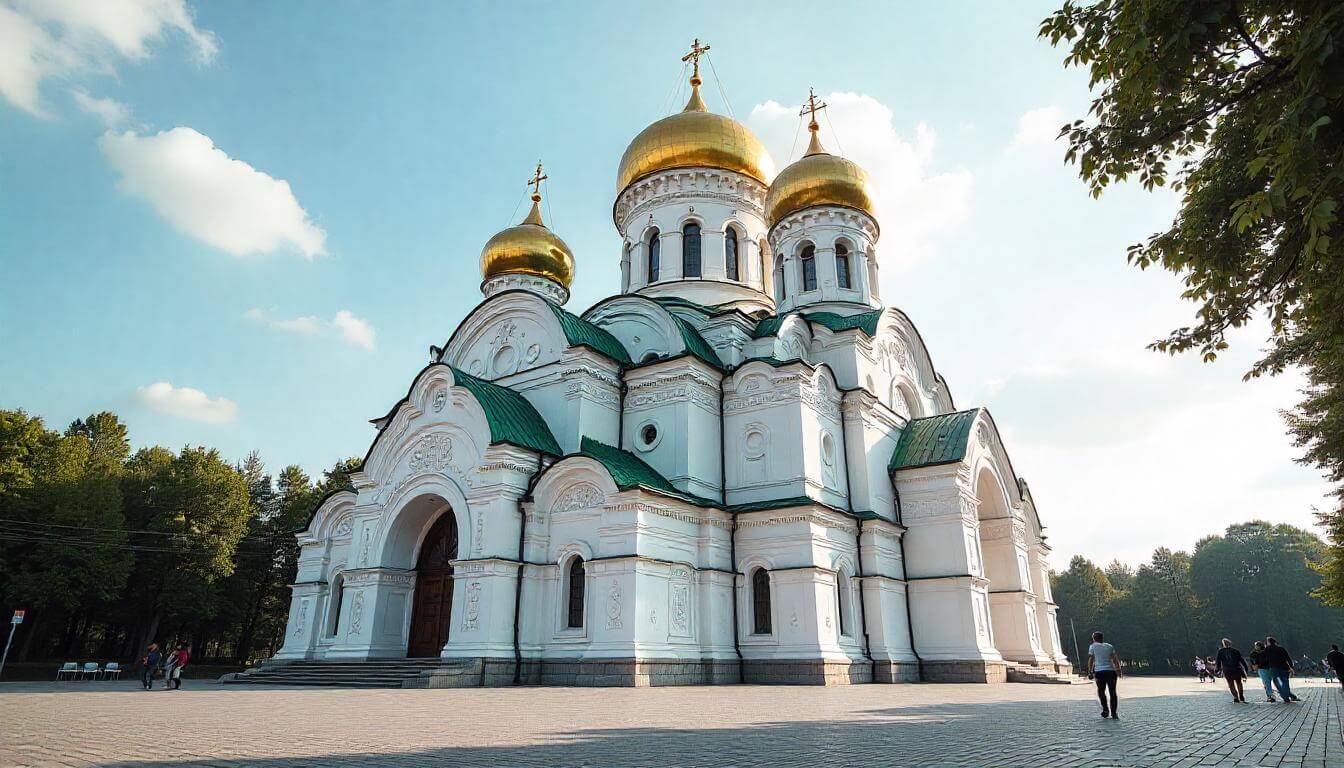 Moscow’s Italian Connection: Architecture and Cultural Exchange">
Moscow’s Italian Connection: Architecture and Cultural Exchange">

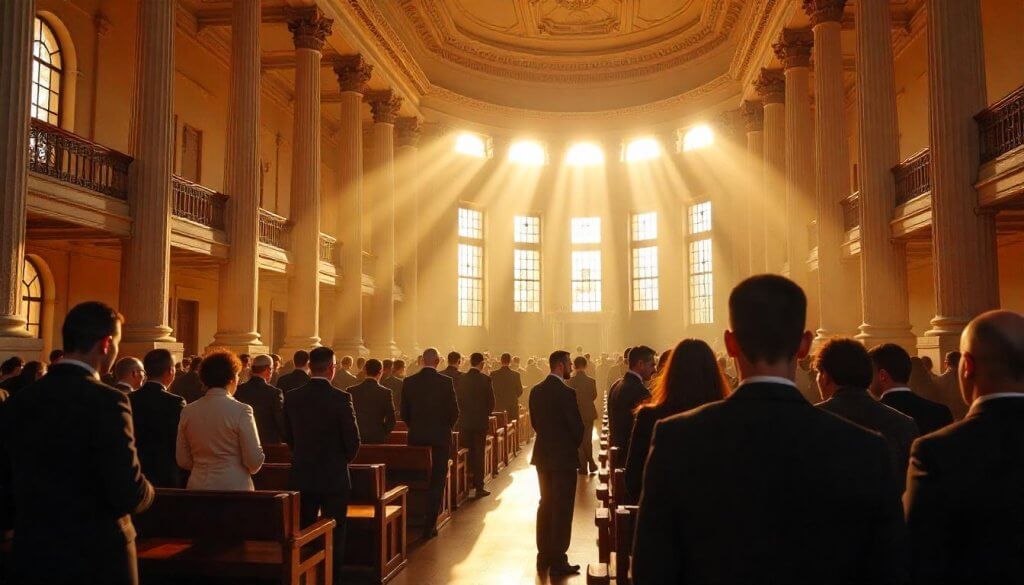 Moscow’s Jewish Heritage: Synagogues, Museums, and Cultural Centers">
Moscow’s Jewish Heritage: Synagogues, Museums, and Cultural Centers">
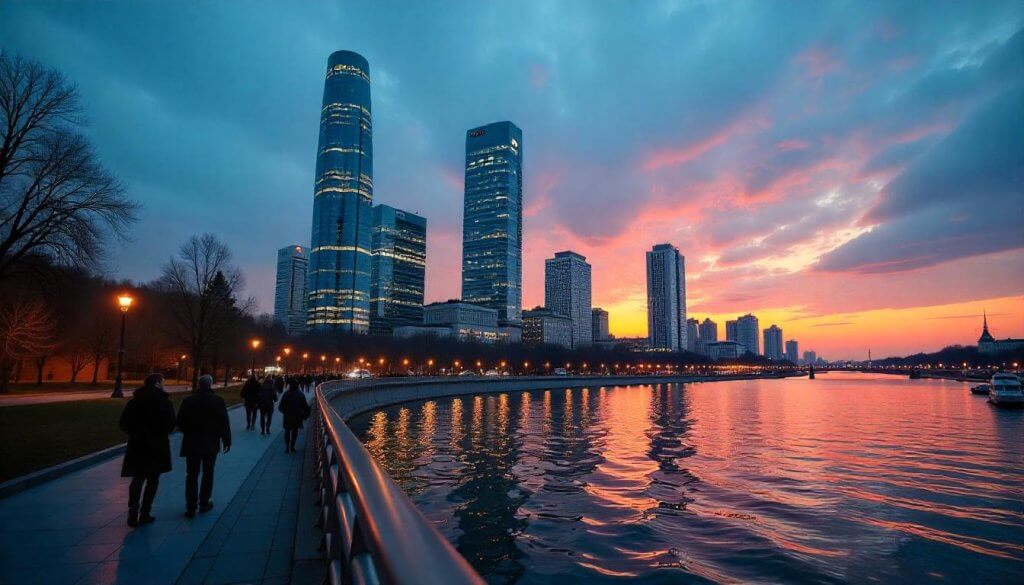 Post-Soviet Moscow: Understanding Modern Russian Society">
Post-Soviet Moscow: Understanding Modern Russian Society">
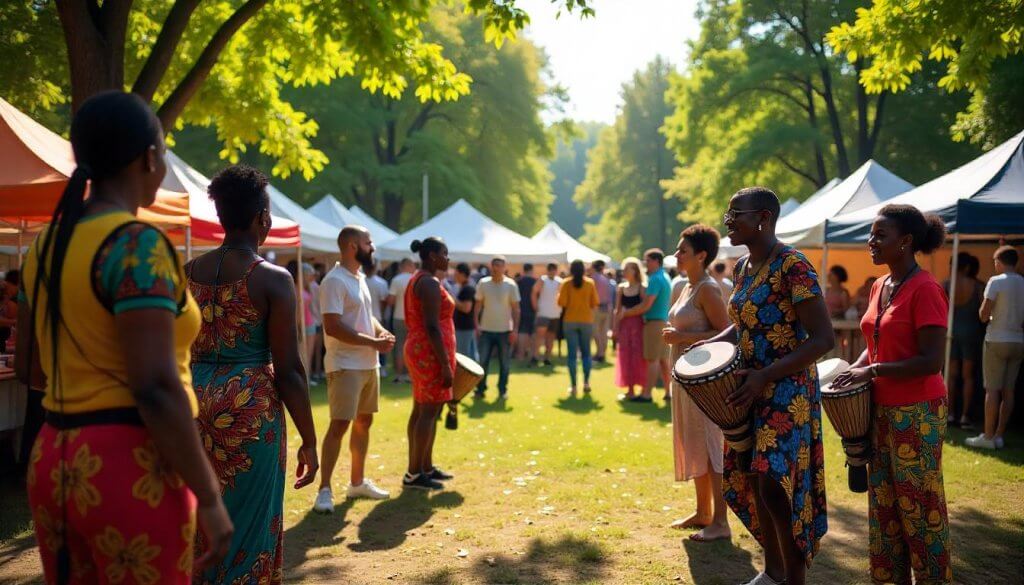 Moscow’s African Diaspora: Cultural Centers and International Communities">
Moscow’s African Diaspora: Cultural Centers and International Communities">
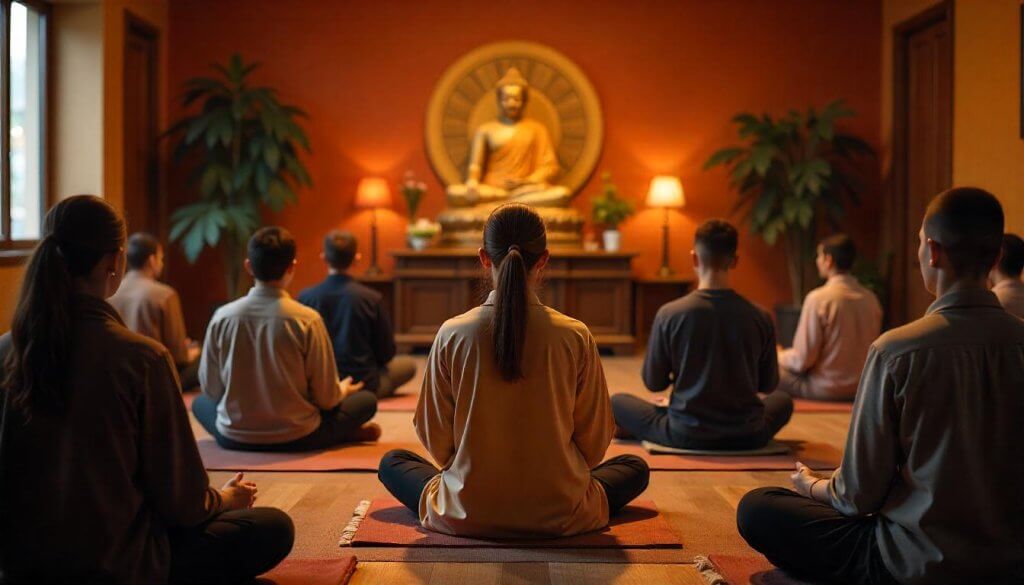 The Historical Roots of Moscow’s Asian Presence">
The Historical Roots of Moscow’s Asian Presence">
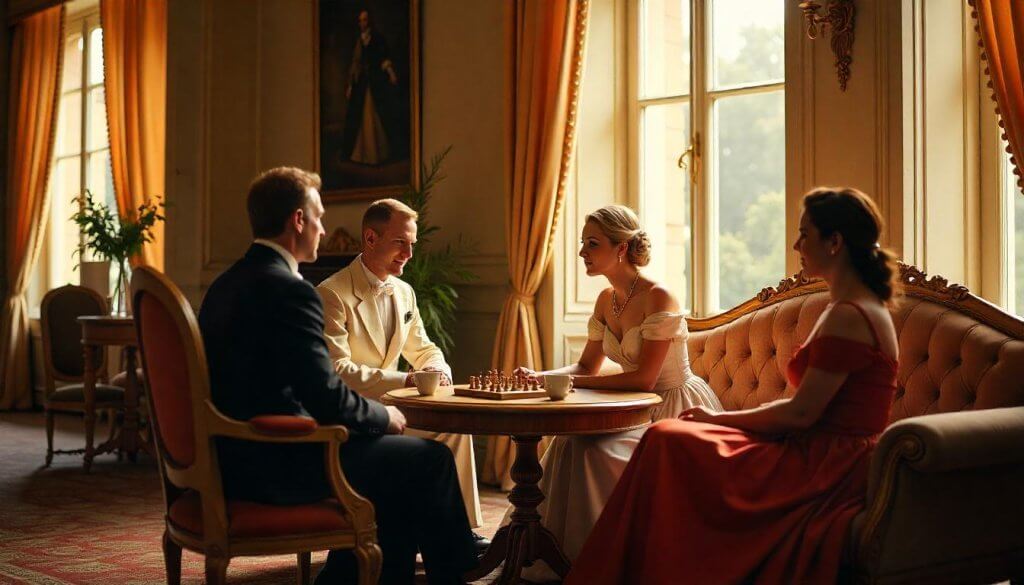 Moscow’s French Influence: Art, Culture, and Diplomatic History">
Moscow’s French Influence: Art, Culture, and Diplomatic History">
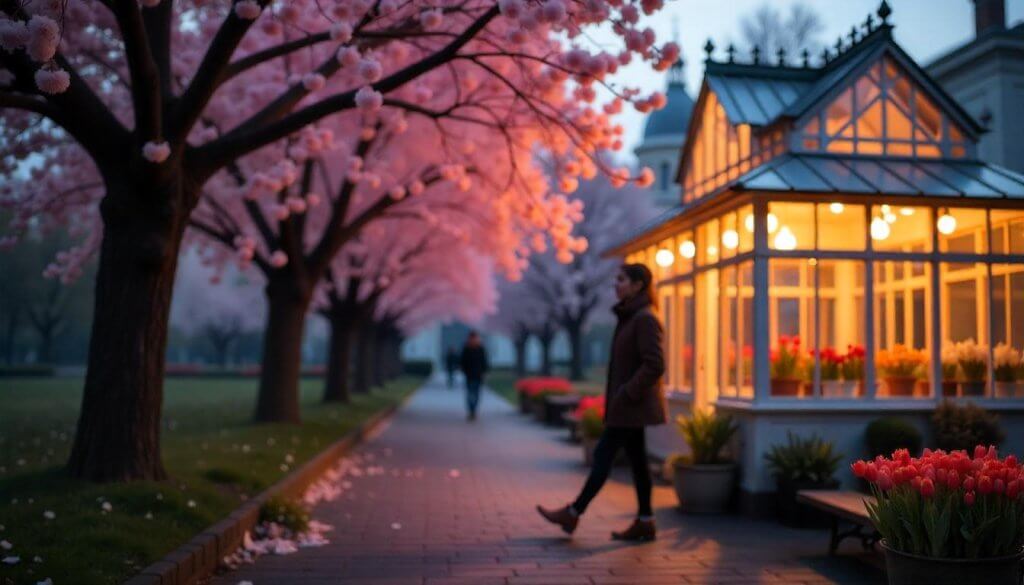 Moscow in Spring: Cherry Blossoms and Renewal Celebrations in 2025">
Moscow in Spring: Cherry Blossoms and Renewal Celebrations in 2025">
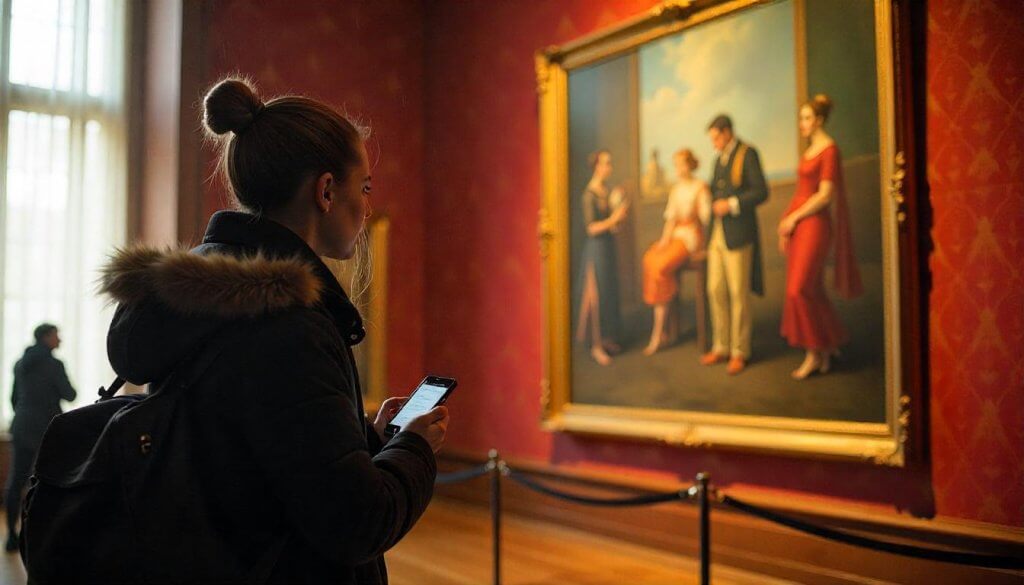 Rainy Day Moscow: Indoor Attractions Perfect for Wet Weather in 2025">
Rainy Day Moscow: Indoor Attractions Perfect for Wet Weather in 2025">
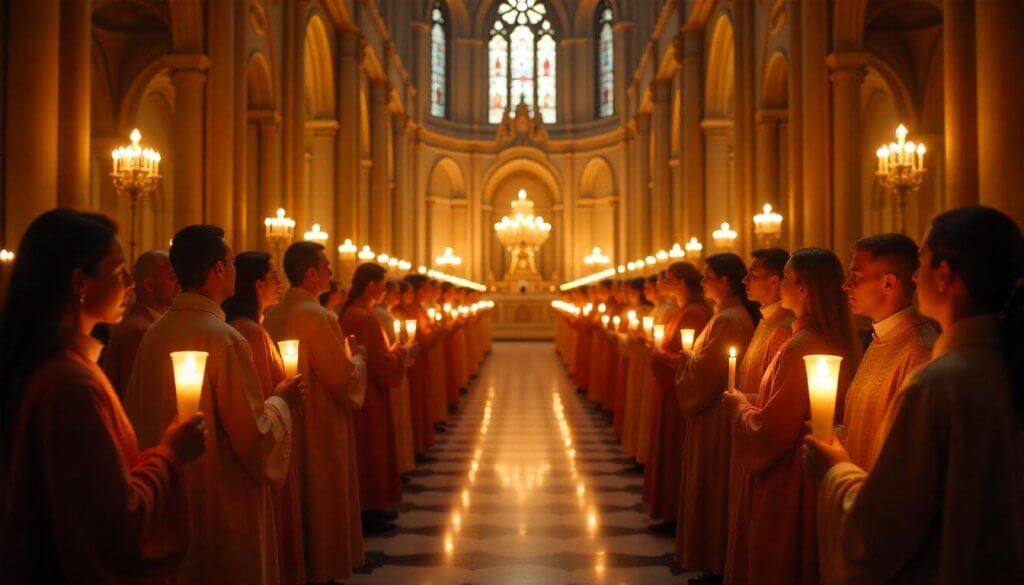 Moscow’s Easter Celebrations: Orthodox Traditions and Special Events">
Moscow’s Easter Celebrations: Orthodox Traditions and Special Events">
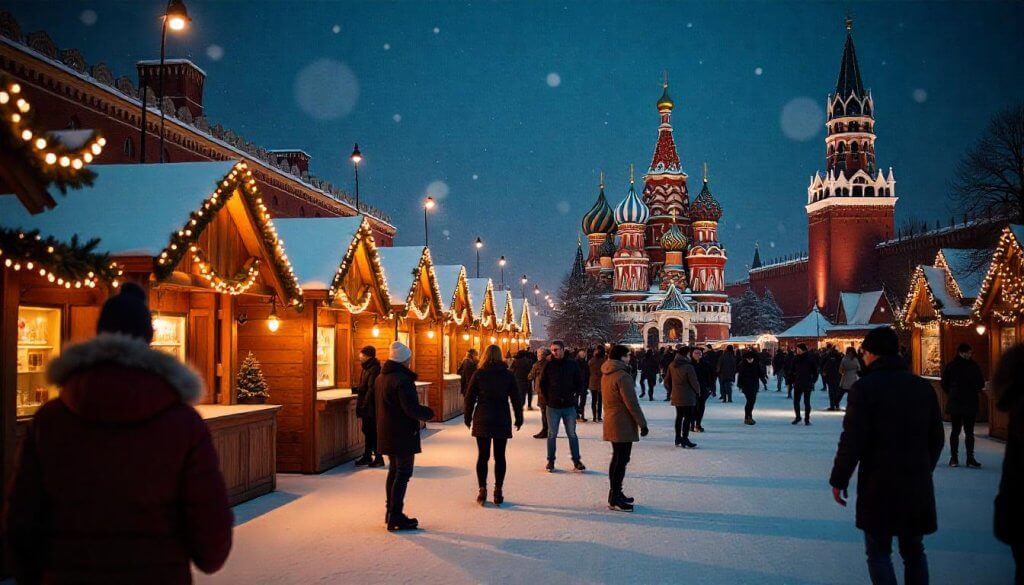 Moscow Christmas Markets: Holiday Traditions and Winter Celebrations">
Moscow Christmas Markets: Holiday Traditions and Winter Celebrations">
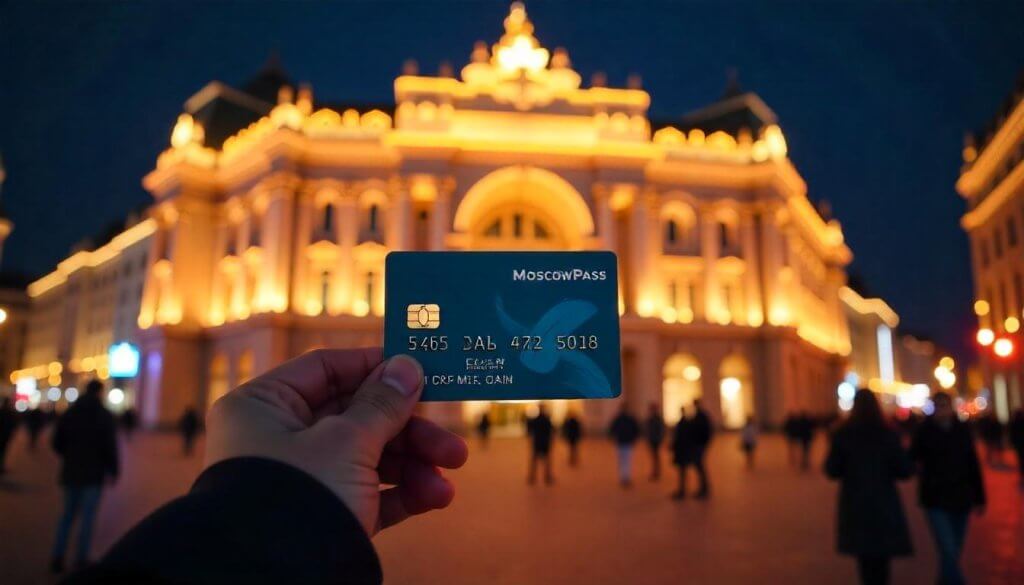 How to Make the Most of Your MoscowPass Experience">
How to Make the Most of Your MoscowPass Experience">